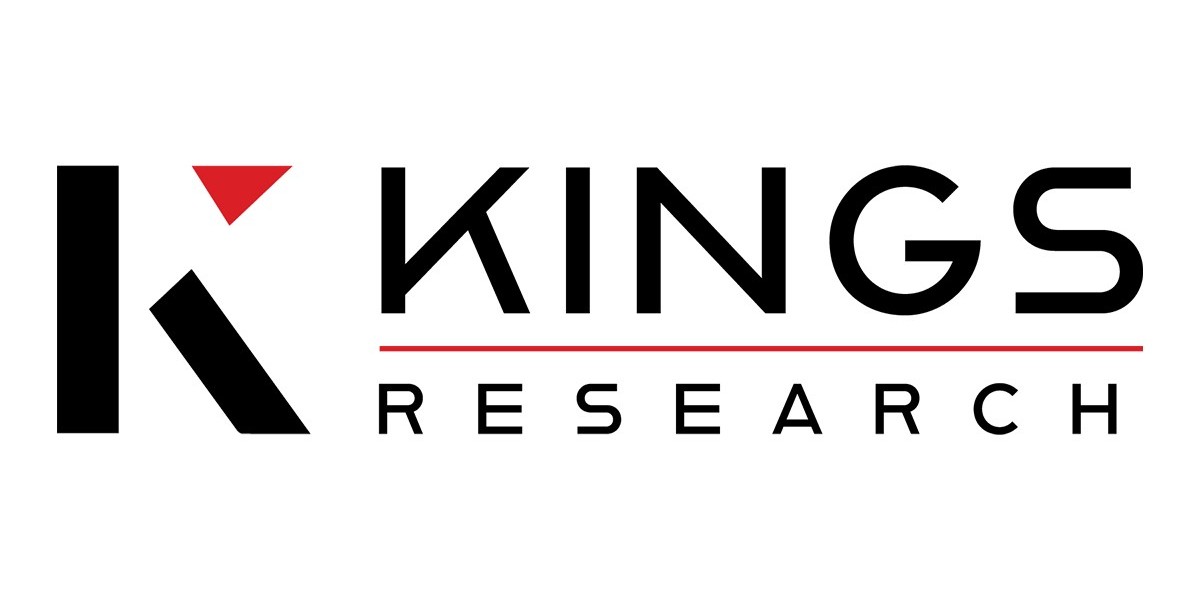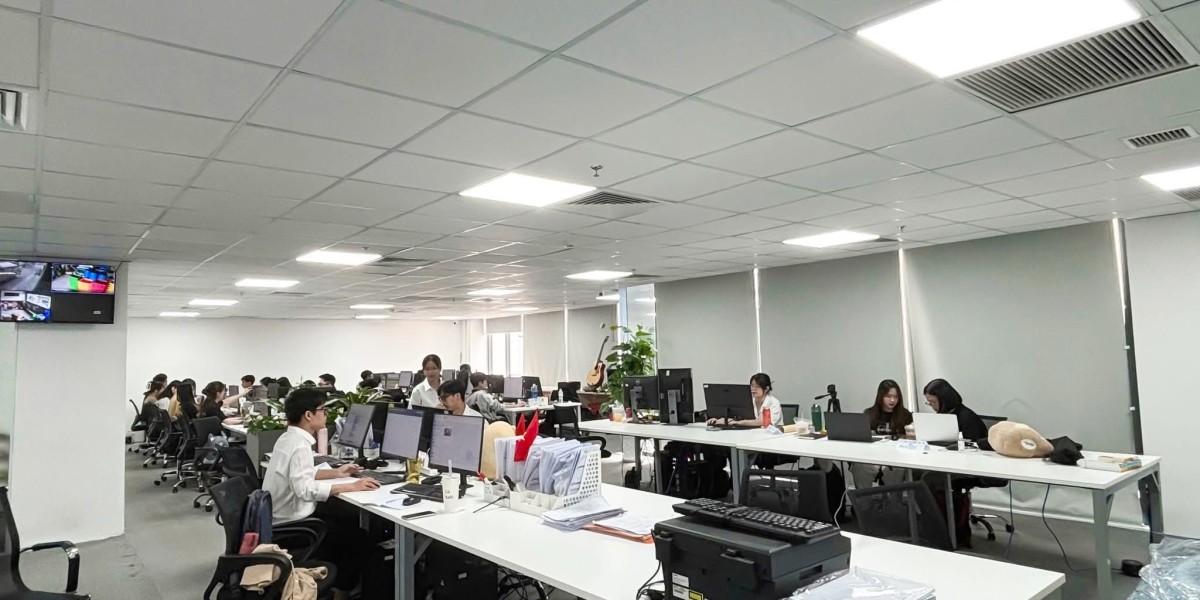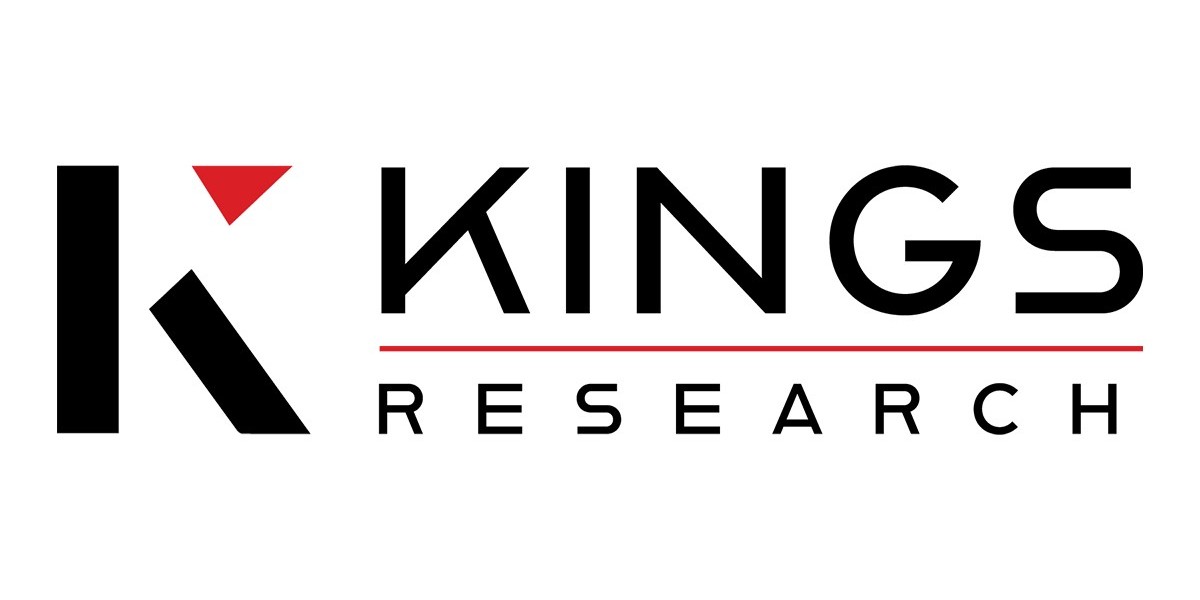The global activated carbon market was valued at USD 4,311.0 million in 2023 and is anticipated to grow significantly, reaching USD 6,343.9 million by 2031. This growth represents a compound annual growth rate (CAGR) of 5.03% from 2024 to 2031. The increasing demand for activated carbon in water treatment, air purification, and various industrial applications is driving this expansion, highlighting its essential role in addressing environmental concerns.
Activated carbon has become a vital material across various industries, owing to its exceptional adsorptive properties and environmental benefits. The global activated carbon market is experiencing substantial growth, driven by increasing demand from industries like water treatment, air purification, food and beverage processing, pharmaceuticals, and more. This press release delves into the market’s growth, key trends, demand dynamics, segmentation, competitive landscape, and regional analysis, utilizing data insights from King's Research.
Market Overview and Growth Prospects
The market is primarily driven by the increasing use of activated carbon in water treatment applications, which account for the largest share of the global market. Water treatment plants are increasingly incorporating activated carbon to remove organic compounds, chlorine, and other harmful substances from water. Additionally, the demand for air purification solutions has surged due to the growing concerns over indoor and outdoor air pollution. Activated carbon is widely used in air purification systems to trap airborne contaminants, further contributing to market growth.
Key Market Trends
Several key trends are shaping the activated carbon market, with sustainability being a central focus. The increasing emphasis on reducing carbon emissions and promoting eco-friendly solutions has led to the development of renewable and sustainable activated carbon materials. Manufacturers are increasingly adopting sustainable raw materials, such as coconut shells and other biomass, to produce activated carbon, minimizing their environmental impact. This shift towards sustainable production practices is expected to drive market growth, as consumers and industries alike are becoming more environmentally conscious.
Another trend gaining traction is the use of activated carbon in the food and beverage industry. Activated carbon is used for decolorization, deodorization, and purification processes in food and beverage production. The rising demand for clean-label products and natural ingredients is further propelling the use of activated carbon in this sector. Additionally, advancements in activated carbon technology, such as the development of nano-activated carbon, are expected to open new opportunities for its application in various high-tech industries, including pharmaceuticals and energy storage.
Download the Full Report Now: https://www.kingsresearch.com/activated-carbon-market-531
Increasing Demand and Dynamic Growth Factors
The demand for activated carbon is being driven by several dynamic factors, including the rapid industrialization and urbanization in developing regions. As industries expand, there is a growing need for effective air and water purification systems to comply with environmental regulations. Activated carbon’s ability to adsorb impurities and pollutants makes it an essential material in pollution control applications, particularly in the water treatment and air purification sectors.
In the automotive industry, activated carbon is increasingly being used in emission control systems. With governments around the world tightening regulations on vehicle emissions, automakers are adopting activated carbon filters to reduce harmful exhaust emissions. This trend is expected to further boost the demand for activated carbon in the coming years.
The pharmaceutical industry also plays a crucial role in the growing demand for activated carbon. It is used in drug formulation, purification, and decolorization processes. Additionally, the material’s adsorption properties are utilized in the development of activated carbon-based medical devices, such as wound dressings and drug delivery systems.
Market Segmentation Analysis
The global activated carbon market can be segmented based on product type, application, and region. In terms of product type, the market is divided into powdered activated carbon (PAC), granular activated carbon (GAC), and extruded or pelletized activated carbon. Among these, powdered activated carbon holds the largest market share, owing to its versatility and wide range of applications. PAC is extensively used in water treatment, food and beverage processing, and pharmaceutical industries due to its high surface area and adsorptive capacity.
Granular activated carbon (GAC) is another significant segment, widely used in water filtration and air purification systems. GAC’s ability to be regenerated and reused makes it a cost-effective option in long-term applications, such as municipal water treatment and industrial air purification. The extruded or pelletized activated carbon segment is gaining traction due to its high mechanical strength and low dust generation, making it suitable for applications in gas-phase adsorption and solvent recovery.
In terms of application, the market is categorized into water treatment, air purification, food and beverage processing, pharmaceuticals, automotive, and others. Water treatment remains the dominant application segment, driven by the increasing need for clean and safe drinking water. Air purification is another key application, where activated carbon is used to remove volatile organic compounds (VOCs), harmful gases, and odors from indoor and outdoor air.
Key Companies in Activated Carbon Market
- Calgon Carbon Corporation
- Kuraray Co., Ltd.
- Osaka Gas Chemicals Co., Ltd.
- Carbon Activated Corporation.
- Jacobi Carbons AB
- Kureha Corporation
- Donau Carbon GmbH
- Boyce Carbon
- Puragen Activated Carbons
- ADA Carbon Solutions
Key Industry Developments
- January 2024 (Acquisition) - Calgon Carbon Corporation, a company specializing in the production of activated carbon for air and water filtration, extended its operations to Bloomfield, New Mexico. As per the New Mexico Economic Development Department (EDD), Calgon Carbon Corporation acquired two established businesses in the area with plans to retain all their employees. This expansion was aligned with the company's commitment to growth and development in the region.
The Global Activated Carbon Market is Segmented as:
By Type
- Powdered
- Granular
By Application
- Water Treatment
- Food & Beverage
- Pharmaceutical & Healthcare
- Air & Gas Purification
- Others
By Region
- North America
- U.S.
- Canada
- Mexico
- Europe
- France
- UK
- Spain
- Germany
- Italy
- Russia
- Rest of Europe
- Asia Pacific
- China
- Japan
- India
- South Korea
- Rest of Asia Pacific
- Middle East & Africa
- GCC
- North Africa
- South Africa
- Rest of the Middle East & Africa
- Latin America
- Brazil
- Argentina
- Rest of Latin America.
Regional Analysis and Growth Opportunities
Geographically, the global activated carbon market is segmented into North America, Europe, Asia-Pacific, Latin America, and the Middle East & Africa. Asia-Pacific holds the largest market share, driven by the rapid industrialization and urbanization in countries such as China, India, and Japan. The region’s growing population and increasing awareness of environmental issues have led to a surge in demand for activated carbon in water treatment and air purification applications. Moreover, the presence of key manufacturers in the region further boosts market growth.
China, in particular, is a major contributor to the growth of the activated carbon market in Asia-Pacific. The country’s stringent environmental regulations and initiatives to reduce water and air pollution have increased the demand for activated carbon in industrial applications. Additionally, the rising pharmaceutical and food and beverage industries in the region are expected to create lucrative growth opportunities for the activated carbon market.
North America is another significant market for activated carbon, driven by the increasing adoption of pollution control technologies and the presence of key market players. The United States is the largest market in the region, with a strong focus on air quality control and water treatment solutions. The U.S. Environmental Protection Agency’s (EPA) regulations on mercury emissions and drinking water standards have spurred the demand for activated carbon in various applications.
Europe is also witnessing steady growth in the activated carbon market, with countries such as Germany, the United Kingdom, and France leading the way. The region’s stringent environmental regulations, particularly in the automotive and industrial sectors, have increased the demand for activated carbon in emission control and air purification systems.








